Improving Housing for Urban Poor - Learnings from BLC implementation in Kerala
Kerala’s focus on decent shelter and a healthy habitat emanates from its recognition that significant portions of urban poor households are vulnerable in terms of their sustainable livelihood systems. The Kerala government dovetailed its state housing programme with the national scheme PMAY to realise the vision for ‘Housing for All’. BLC vertical emerged as the most preferred, with an outlay of INR 400,000 (USD 5,270) per unit as cumulative subsidy from the urban local bodies (ULBs), state, and the centre to the economically weaker sections (EWS) for building their houses on their own land. Housing in Kerala for the urban poor is envisioned not only as the provision of a shelter, but also as a means for enhancing productivity by strengthening the financial capacities of the urban poor. The study seeks to understand the various aspects of BLC implementation in Kerala. For this purpose, a stratified sample survey of 250 households was undertaken in three cities of Kerala: Kochi, Trivandrum, and Mukkam. In addition, Key Informant Interviews (KIIs) and detailed case studies were undertaken to enable qualitative triangulation of the results of the household survey.
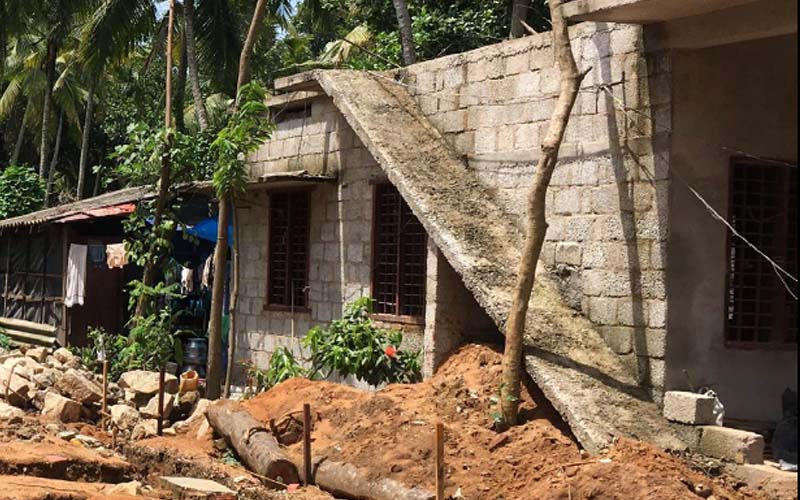
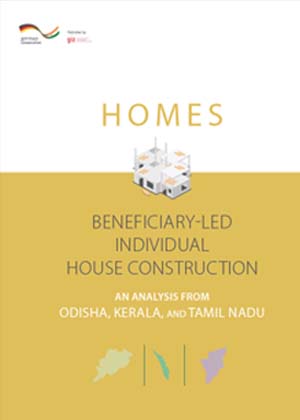
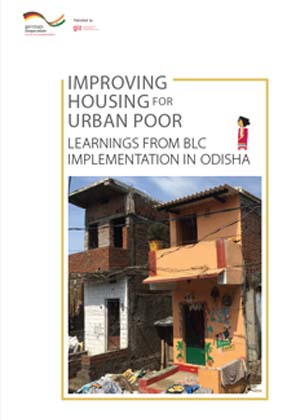
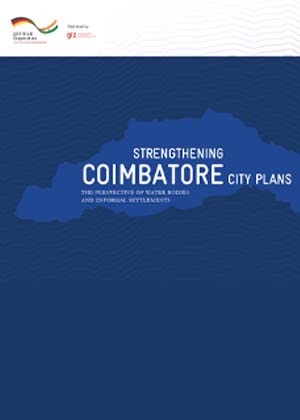
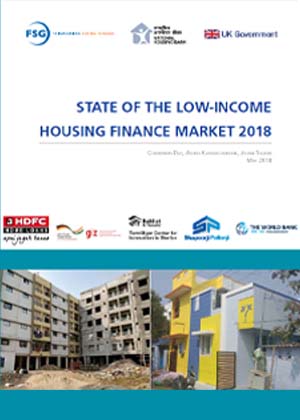
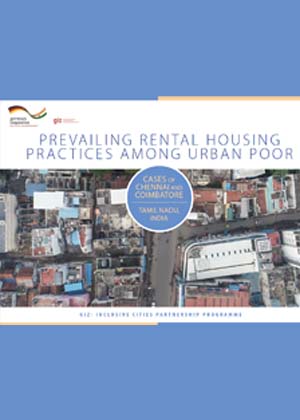




Write a public review